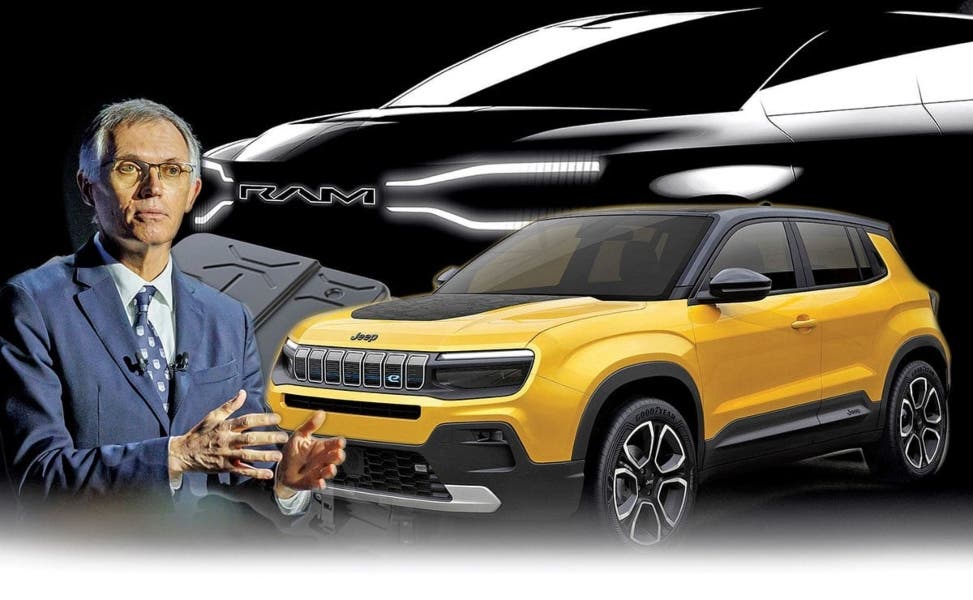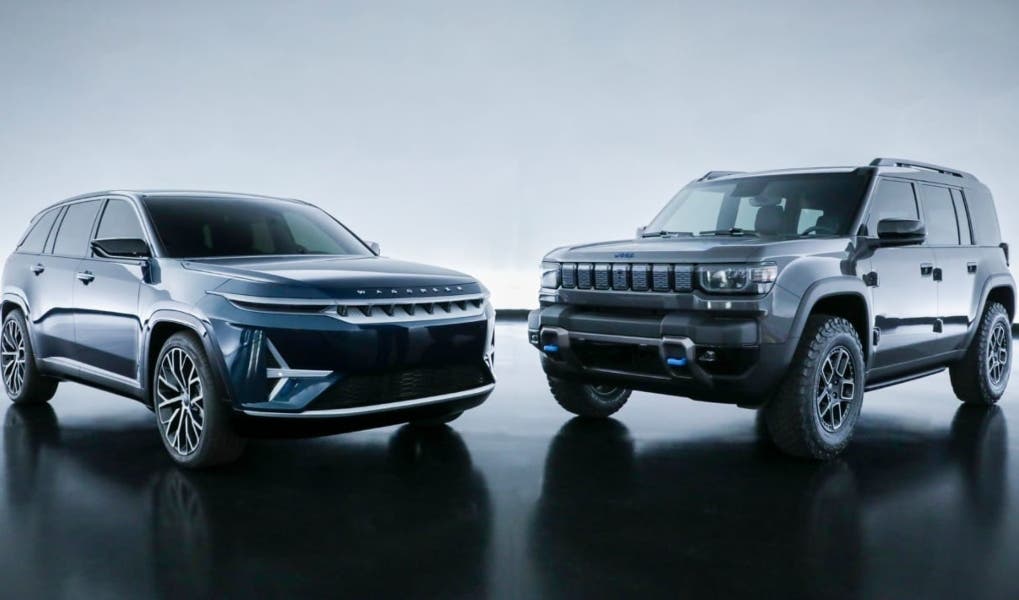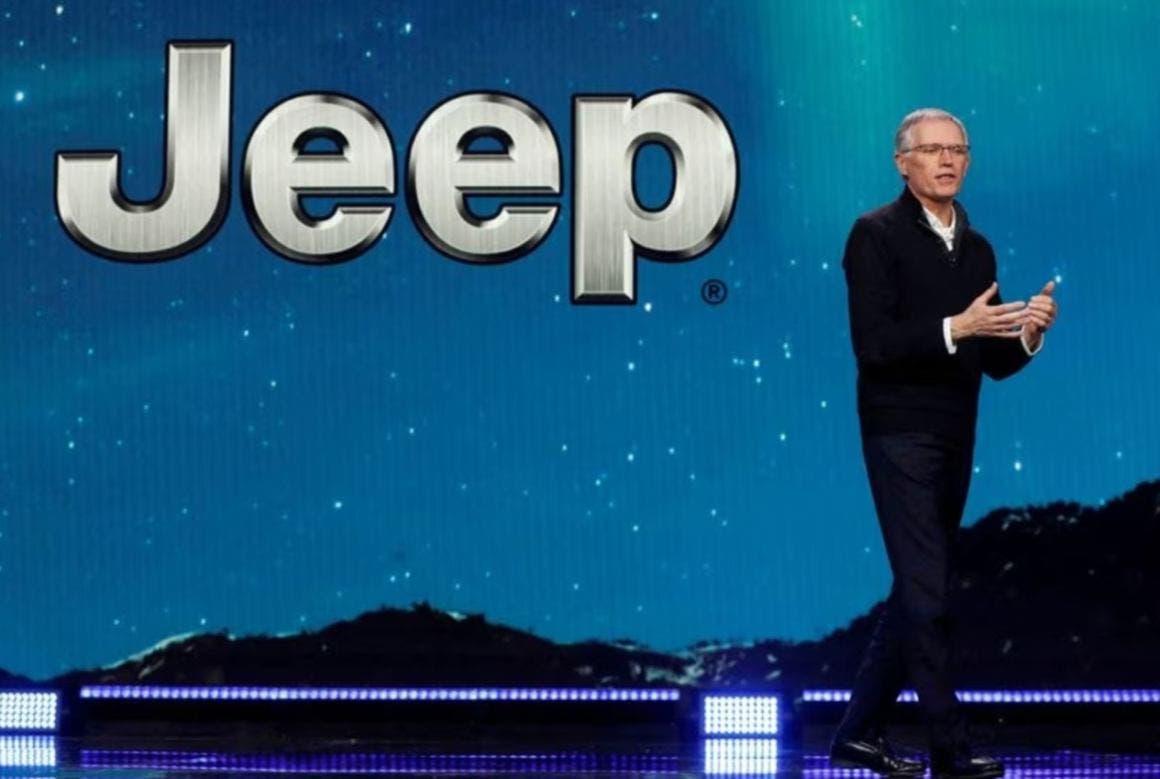Sales of Jeep plummet and Stellantis forced to cut production and relaunch historic models to regain consumer confidence.
Counter-trend Jeep: down despite SUV boom
The automotive giant Stellantis has been going through some issues lately. In particular, doubts have emerged regarding the sales effectiveness of the Jeep brand, which has always been an undisputed symbol of the SUV segment. Although demand for these vehicles in the market has been steadily growing globally, Jeep is equally experiencing a significant decline in sales, a fact that raises enough concern in the industry.
Several factors would be there to explain this complex situation. First, rising prices, which as of 2019 have even reached 50 percent shares for Jeep and 40 percent for Ram in the United States, have consequently significantly weakened consumer purchasing power, thereby making vehicles less affordable. In addition, fierce competition from brands such as Ford, with very successful models such as the Explorer, Escape, and Bronco, has further contributed to lowering Jeep’s market share.

Further complicating the overall situation was also the fact that we have seen a number of changes at the top of Stellantis in North America. Indeed, there have been reports of the exit of very important figures within the company such as Mark Stewart, Timothy Kuniskis, and Jim Morrison. Inevitably, these departures have generated instability and uncertainty for the group.
Stellantis reviews its strategy: focuses on electric and the revival of historical models
Confronted with this situation, Stellantis has been forced to undertake a major strategic reorganization. The company has made it known that there will be cuts in production in the United States, as well as the launch of new electric models such as Recon and Wagoneer S, and the revival of cars loved by the public such as Cherokee and Charger. Despite this attempt at revitalization, CEO Carlos Tavares was keen to emphasize that no division is in a situation that is safe from restructuring. In short, it is a big picture that opens a scenario of uncertainty for historical brands such as Chrysler, Lancia and DS Automobiles.

Jeep’s future is now marked by numerous difficult challenges to overcome. The company will have to find the right solution to succeed in carrying on the historic image of the off-road brand, while adapting its cars to the new demands of a market that little by little are increasingly oriented toward sustainability and electrification. It will also be particularly important to win back consumer trust by making the best use of a product strategy that presents itself clearly and consistently. This will be accompanied by an offering that also best meets their expectations in terms of design, technology, and performance.
This Stellantis situation signals very clearly that the automotive industry is currently undergoing a series of very rapid changes, to which it is not at all easy to stay constantly updated. In recent years, due to various events, especially the shift toward electric mobility, are putting a strain on traditional car manufacturers, causing companies to be forced to change completely to their conception of cars. Jeep’s future will depend precisely on the company’s ability to move successfully in this eventful market.
